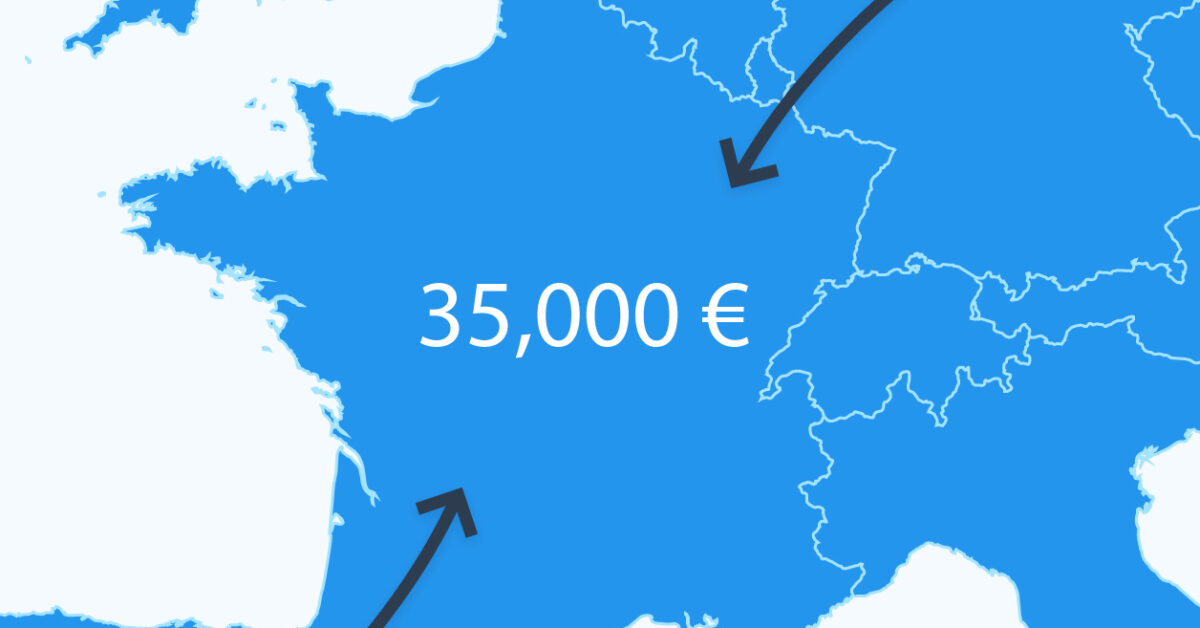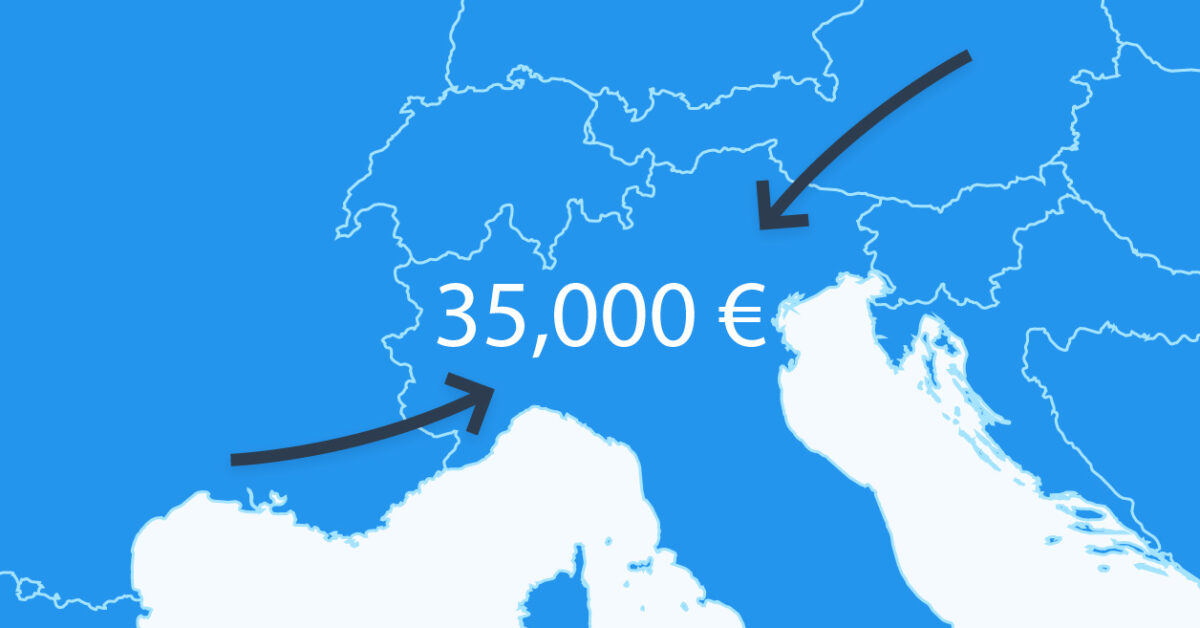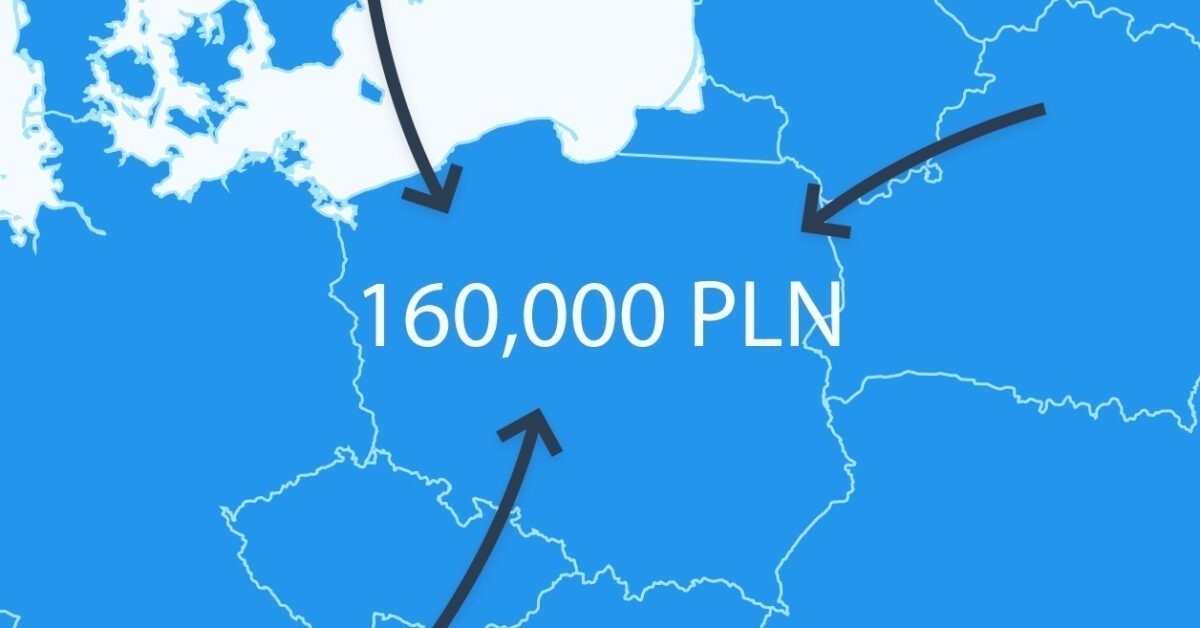
Why VAT Deregistration Matters for Online Sellers
Whether you’re scaling back your operations, shifting your sales strategy, or leaving a market entirely, there’s one important step you shouldn’t overlook: VAT deregistration.
Brenda Varela
Last Updated on 31 July 2025While most sellers focus on VAT registration when entering a market, deregistering your VAT number is equally important when you stop trading. If you leave it active, you’re still legally expected to file VAT returns — even if you’re no longer selling.
For online sellers on platforms like Amazon, eBay, or Shopify, this can lead to unnecessary admin, penalties, or even audits from tax authorities.
What Is VAT Deregistration?
VAT deregistration is the formal process of cancelling your VAT number with a local tax authority when it’s no longer needed.
This step officially ends your VAT obligations in that country — meaning you no longer need to file VAT returns, pay VAT, or comply with VAT rules there.
However, it’s not automatic. Even if you stop selling, you remain liable until you go through the deregistration process.
When Should Online Sellers Deregister for VAT?
VAT deregistration isn’t just for businesses shutting down entirely. There are several common scenarios in which online sellers should apply for deregistration:
✅ You stopped trading in an EU country
If you’re no longer making taxable sales in a specific country, your VAT number must be cancelled.
✅ Your turnover falls below the national threshold
Each country has its own VAT deregistration threshold. For example:
-
United Kingdom (as of April 2024): £88,000
-
Falling below this amount may make you eligible to deregister, provided your expected turnover stays low.
-
In other EU countries, thresholds may be lower or not exist at all, so check carefully.
✅ You restructure your business
Deregistration may be needed if you:
-
Merge or split companies
-
Change your legal entity
-
Join a VAT group or OSS/IOSS scheme that changes your reporting obligations
What Happens If You Don’t Deregister?
Leaving your VAT number open after you stop trading may not seem like a big deal — but it can have serious consequences:
-
You must still file VAT returns (even if your turnover is €0)
-
Penalties for non-filing or late submissions
-
Audits triggered by “dormant” VAT numbers
-
Reputational risk with tax authorities
-
Issues re-entering a market later due to past non-compliance
Even if you plan to return to a country in the future, it’s often safer (and cleaner) to deregister now and reapply later.
How to Deregister Your VAT Number in 5 Steps
The exact process depends on the country, but here’s a general overview of what sellers should expect:
- Check if you’re eligible
– Review the local deregistration threshold and requirements
– Ensure your taxable turnover is below the limit (and will remain so)
⚠️ Clear all stock before deregistration
Before you can deregister, you must ensure that any remaining stock stored in-country (e.g. at an Amazon FBA warehouse or local storage facility) has been completely removed. Tax authorities generally require that no taxable inventory remains when your VAT number is cancelled. - Submit your final VAT return
– Declare all outstanding VAT
– Ensure your records are accurate and up to date
– Ensure all outstanding VAT liabilities, fines, or penalties are fully paid before requesting deregistration. Authorities may reject your request if any amounts are still due. -
File a deregistration request
– Usually done online (e.g. via HMRC portal in the UK)
– You may be able to request a specific cancellation date (usually not more than 3 months in the future) -
Wait for confirmation
– Processing times vary (generally 2–6 weeks)
– You’ll receive an official cancellation notice from the tax authority -
Keep your records
– Most countries require you to retain VAT documents for at least 6 years
– Even after deregistration, audits can still happen for past periods

Book a free consultation
Our VAT experts are happy to help you. Book a free consultation today!
Tips for Staying Compliant When Leaving a Country
-
Use automation tools to monitor your turnover across EU countries
-
Don’t forget to deregister from related schemes like OSS, IOSS, or fiscal representation
-
Plan ahead — some tax offices may require additional documents or proof of inactivity
-
Double-check whether stock held in local warehouses (like Amazon FBA) affects your VAT status
✅ Remember: You must clear all local stock and settle any VAT debts before you can deregister successfully.
How hellotax Supports You with VAT Deregistration
At hellotax, we know that managing VAT across multiple countries can be overwhelming — especially when you’re exiting a market.
Here’s how we simplify deregistration for online sellers:
-
📊 Real-time monitoring of your turnover
-
🔔 Alerts when you’re approaching deregistration thresholds
-
📄 Submission of final VAT returns and deregistration forms
-
📨 Full communication with local tax offices
-
✅ Guaranteed compliance with country-specific rules
Whether you’re closing a marketplace account, restructuring your business, or simply pausing operations, we ensure your VAT number is cancelled correctly and promptly — so you stay protected from future risks.
If you’re using the OSS (One-Stop Shop) or IOSS (Import One-Stop Shop) schemes, remember that VAT deregistration may also involve leaving those schemes when you stop selling across borders. To understand how these systems work — and how they affect your VAT obligations — check out our full guide to the OSS schemes.
Key Takeaway
If you’ve stopped trading in a country or fallen below the deregistration threshold, don’t forget to officially cancel your VAT number. Leaving it open can lead to fines, paperwork, and legal trouble — even if you’re no longer selling. With hellotax, you get expert support and automation to ensure a smooth and compliant deregistration process.
Need Help with VAT Deregistration?
At hellotax, we make VAT compliance easy — even when you’re exiting a country. Whether you’re no longer trading, switching structures, or simply reducing your VAT footprint, our team handles the entire deregistration process for you.
👉 Let us take care of the paperwork, communication, and compliance — so you can focus on what’s next.
Book your free consultation today and find out how hellotax can support your business from registration to deregistration and everything in between.






